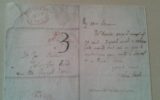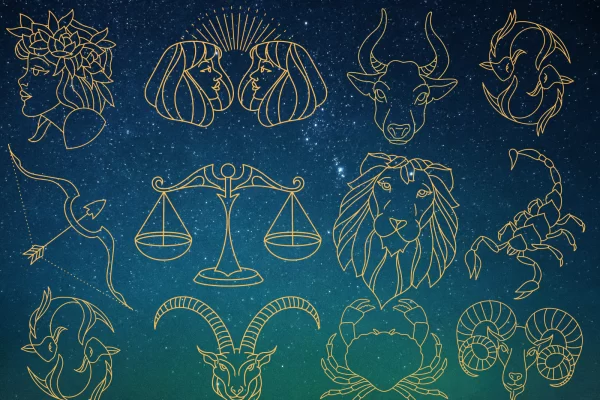Re-discovering John Keats (London 1795 – Rome 1821)
A series of weekly close examinations will start from next week about the figure of this young English poet and his connection to Italy, especially with the city of Rome.
Why Joh Keats? Simply because in Italy his works are not adequately treated, especially in the essay-writing field; because he died in our Country, was buried in our country and had been inspired by art and culture of our Country.
His happenings, especially related to the last years of his life, are connected to Rome and Naples and it is from Rome that our journey starts. It’s a backwords in time journey that starts from his tomb in the non-Catholic Cemetery in Rome and ends with some references to contemporary artists who had been fascinated by his poetry. In fact, in spite of his early dead at the age of 25, he has left an enduring trace in the art of future generations to this day.
The objective is not simply to tell about Keat’s life and works, widely treated in books and anthology, but investigate them from an unusual itinerary, starting from his personal experiences first.
The Keat’s letters, written to friends and relatives, the diary of his friend Severn, the Keats’s biography written by Lord Houghton, the poems of Oscar Wilde to commemorate Keats and his art, are the materials we drew on to bring back up the Keats’s story and his connection with the city of Rome.

Keats’s letter to Joseph Severn, 6th June 1818
Furthermore, our journey in Keats’s life enriches itself with some curiosities that allow us to know some contemporary artists who had been fascinated by his poetry. His poetical universe not only influenced the great writers of the past. His poetry was an inspiration for the cinema, literature, music and theatre: the director Jane Campion was drawn by his life and made a movie, the Italian writer Ben Pastor chose him as a main character of his historical-thriller «Keats’s Flower Girl», Branduardi wrote a song referring to Keats’s ballade «la belle dame sans merci», in 2014 the City of di Morano Calabro (in the south of Italy) dedicated him a competition and founded international literary award «John Keats» won by Neapolitan artist Vincenzo Tesone, and also at the present a group of actors led by Alessandro Rubinetti impersonates him while guiding the public to discovery of Non-Catholic Cemetery,
In other words, there is enough material to discover this great poet whose lively spirit has continued to hover and influence, not only poetry, but art and culture in all its expressions. After all, it was what he wished and what he felt; he knew that one day his name would be among the great.
Finally, our journey leads us to some digressions which will divert us from Keats for a moment, but that are inspired by him, to rediscover places and curiosities, mainly related to the city of Rome.
Our journey starts and leads us to Rome in the Non-Catholic Cemetery, where Keats lies next his friend Severn.
Have a good lecture!























